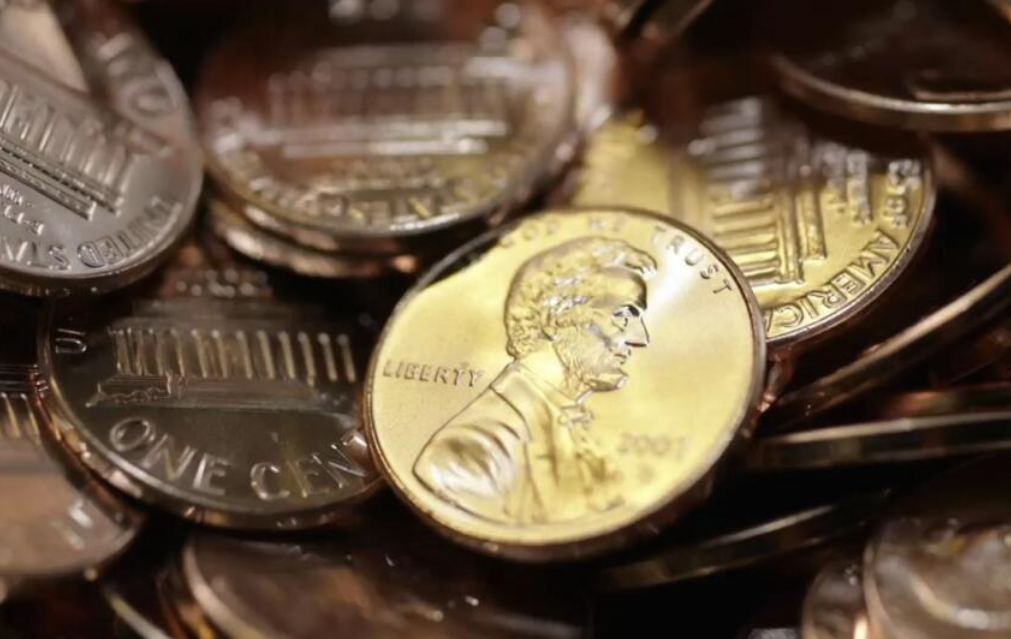
US Mint presses final pennies as production ends after more than 230 years
The U.S. ended production of the penny Wednesday, abandoning the 1-cent coins that were embedded in American culture for more than 230 years but became nearly worthless.
When it was introduced in 1793, a penny could buy a biscuit, a candle or a piece of candy. Now most of them are cast aside to sit in jars or junk drawers, and each one costs nearly 4 cents to make.
Billions of pennies are still in circulation and will remain legal tender, but new ones will no longer be made.
The last U.S. coin to be discontinued was the half-cent in 1857, Beach said.
Most penny production ended over the summer, officials said. During the final pressing, workers at the mint stood quietly on the factory floor as if bidding farewell to an old friend. When the last coins emerged, the men and women broke into applause and cheered one another.
“It’s an emotional day,” said Clayton Crotty, who has worked at the mint for 15 years. “But it’s not unexpected.”
President Donald Trump ordered the penny’s demise as costs climbed and the 1-cent valuation became virtually obsolete.
“For far too long the United States has minted pennies which literally cost us more than 2 cents,” Trump wrote in an online post in February. “This is so wasteful!”
Still, many Americans have a nostalgia for them, seeing pennies as lucky or fun to collect. And some retailers voiced concerns in recent weeks as supplies ran low and the end of production drew near. They said the phaseout was abrupt and came with no government guidance on how to handle transactions.
Some businesses rounded prices down to avoid shortchanging shoppers. Others pleaded with customers to bring exact change. The more creative among them gave out prizes, such as a free drink, in exchange for a pile of pennies.
Proponents of eliminating the coin cited cost savings, speedier checkouts at cash registers and the fact that some countries have already eliminated their 1-cent coins. Canada, for instance, stopped minting its penny in 2012.
Some banks began rationing supplies, a somewhat paradoxical result of the effort to address what many see as a glut of the coins. Over the last century, about half the coins made at mints in Philadelphia and Denver have been pennies.
But they cost far less to produce than the nickel, which costs nearly 14 cents to make. The diminutive dime, by comparison, costs less than 6 cents to produce, and the quarter nearly 15 cents.
No matter their face value, collectors and historians consider them an important historical record. Frank Holt, an emeritus professor at the University of Houston who has studied the history of coins, laments the loss.
“We put mottoes on them and self-identifiers, and we decide — in the case of the United States — which dead persons are most important to us and should be commemorated,” he said. “They reflect our politics, our religion, our art, our sense of ourselves, our ideals, our aspirations.”


